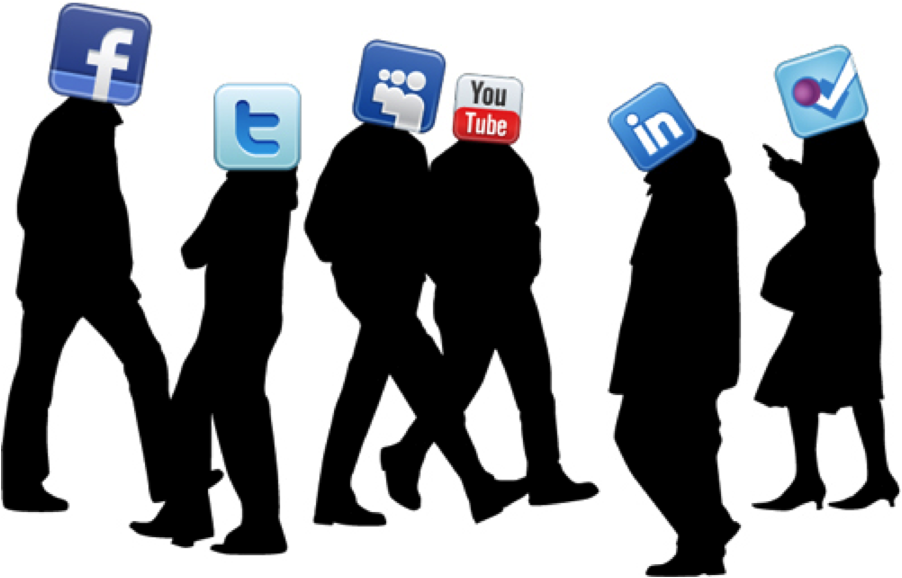
California’s Abusive Conduct Training and the Age of Social Media
Abusive conduct in the workplace has the opposite effect of ethical and moral behavior in the workplace. Now, it has become clear that abusive and ethical behavior in workpl…aces affect organizations outside the workplace, because these behaviors show up in social media and can have favorable or unfavorable affects.
Social media sites publish positive and negative reviews for products, restaurants, movies, hotels, foreign tours and employers, etc. You and I use them to make decisions. A part-owner of a New York hotel told me she reads reviews of her hotel and calls the manager when she sees a bad review.
In “Digital Marketing: Integrating Strategy and Tactics with Values” (Routledge, 2014, New York and London), Ira Kaufman, PhD, and Chris Horton wrote that: “Social media offers the perfect conduit to disseminate both positive and negative customer experiences at lightning speed.”
They give as one example the “United Breaks Guitars” video that went viral after it was uploaded to YouTube in 2009. It is a video of a passenger singing a song he wrote after his guitar allegedly was destroyed by the airline’s baggage handlers and the company refused to reimburse him. As of 2014, the video had over 14 million hits. It pushed the company to change its ways, according to Kaufman.
California’s new requirement will nudge, at least, some employers to improve their work environments. Those who do will have an advantage over those who do not.
This is a win for those companies, their employees and for California.
Abusive conduct is not good for workers or business in the age of social media.
ehstoday.com

